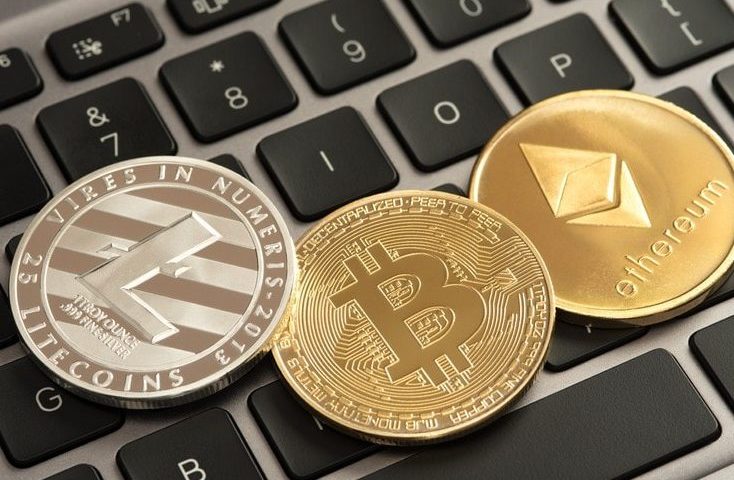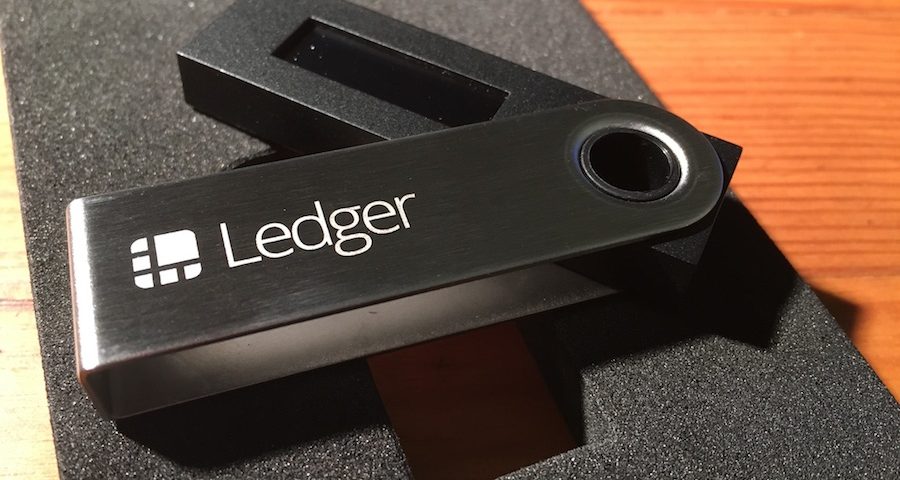Why would you want to create your own cryptocurrency?
I don’t know, I’m not you.
But what I can tell you is why I made my own: for fun.
Now, there are some truly legitimate reasons to make a cryptocurrency, but let’s save that for another blog post.
In my opinion, creating a cryptocurrency is now like building a Hello World page when you first start to code – it’s a great foundation and gets you started with a new skill, but we have so many it’s a bit of a running joke now.
With that in mind, here’s the gist of what needs to happen in order to create your own cryptocurrency.
- Download Ethereum’s Mist client
- Load some Ethereum on it
- Paste some code
- Publish
Sounds pretty simple, right?
It is. It’s really that simple.
So simple, that there are (of course) tools that automate all of that for you in one click.
But you’re here for something more .. in depth.
If you just copy and paste some code or use a one-click launcher, you won’t really understand how your new cryptocurrency works or how to make it better.
Let’s learn together.
Basic Cryptocurrency Principles and Definitions
First, let’s tackle the basics in the context of the Ethereum blockchain.
Protip: Since we’re publishing our cryptocurrency on top of an existing blockchain, it’s technically called a token. If we had our own blockchain, it would be considered its own (alt)coin.
Blockchain
Think of it like a group chat – we all have a copy of the history of every message and can add new messages ourselves – but we can’t go back and change any messages.
The blockchain is the history of every message while the messages are transactions that contain simple actions like “send tokens” or complex ones like “publish a smart contract”.
Since the entire history is stored, we can always refer back to any message and trust that it is accurate.
Address
Much like it sounds, an address is where something is located on the blockchain.
It looks like this 0xE798e24428621C24f40C48A70E……
If you wanted to send some ether to your friend, it would come from your address and go to their address.
With the Ethereum blockchain, every address can store ether – this is called the balance.
Ethereum is different from Bitcoin because it can also store the code from a smart contract.
Protip: Smart contract addresses are special because no one person owns the address. Be sure to add code into your smart contract that makes it accessible from your personal addresses.
Transaction (Tx)
A transaction is just a public message added to blockchain that says four things:
- Which address it’s going to
- Which address it came from
- How much ether it wants to transfer
- Additional data payload (like smart contract code.. we’ll cover this later)
Through Mist (or apps like Coinbase), when you send/receive coins they’re actually packaged in a transaction and stored in the blockchain.
This history of transactions on the blockchain allows us to ultimately come to an address balance.
Smart Contract
A smart contract is a bunch of code that lives at a special owner-less address on the blockchain.
It’s completely public, but the code can prevent/allow access to certain functions to a limited number of addresses.
For example, our cryptocurrency smart contract will allow users to send tokens from their own address, but not from others.
Smart contracts also have a balance and even a storage system for keeping track of data.
We’ll be diving deep into this throughout our tutorial.
Protip: A DApp (Decentralized Application), at a basic level, is just a collection of smart contracts that interact with each other. They can be as simple as a cryptocurrency issuance or as complex as payroll or voting.
Mist
Mist is Ethereum’s desktop application for managing your addresses (accounts) and smart contracts.
It can sync up with the main Ethereum blockchain (real money), with its test blockchains Ropsten/Rinkeby (fake money), or even a local blockchain you made on your own.
Mist is how you will deploy and interact with your new cryptocurrency smart contract – download it from Github.
Note: It can take a little while for the blockchain to download onto your computer, so be patient when it first loads.
Overview of Creating a new Cryptocurrency Token
Let’s talk about the broader context of what we’ll actually be doing. We’ll dive deeper a bit later.
First, we’re going to download and initialize Mist
Mist is our connection to the Ethereum blockchain.
It stores our ether, publishes smart contracts, and can technically even browse the internet.
Download it, connect to one of the test networks (so we can try it for free), and wait for a while as it downloads the blockchain.
Meanwhile, we’ll create a Mist account, head to the test faucet, and send some free ether to your Rinkeby test account. (no, it’s not real ether)
After the blockchain is finally downloaded, we get into the code.
Next, we’ll write a smart contract
This code needs to contain all the necessary pieces of our new token because we can’t edit it once we deploy.
The code will include the coin’s name and functions for creating an address framework, minting coins on launch, sending coins from one address to another, and even burning coins from existence.
Then, we send it to the Ethereum blockchain via a transaction
In Mist, we’ll package our code in a transaction and send it to the blockchain for processing.
Like any transaction, it will cost ether. Luckily, the test networks offer free ethereum for testing.
Once the transaction is confirmed, we will be given the address where the contract lives. This is the address where all transactions will be sent to in order to send your new token.
Finally, we’ll send some tokens from one Mist account to another
Since our smart contract is publically available on the blockchain, we can send transactions to it that modify address balances and effectively “send” cryptocurrency to one another.
Luckily, Mist handles this pretty seamlessly so you’ll be able to do it right within the Send panel.
Enough overview, let’s get started .. in the next post!








